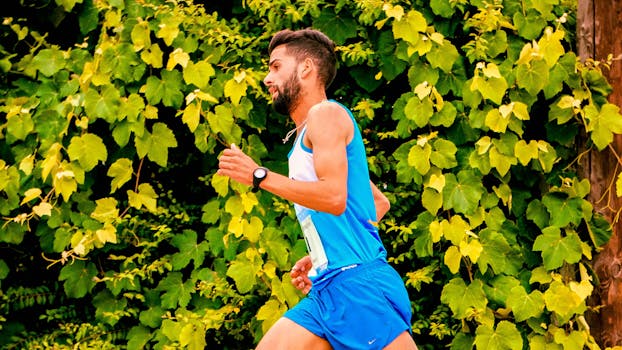
Introduction
Running with proper posture not only helps to improve performance but also reduces the risk of injuries. Whether you are a beginner or seasoned runner, paying attention to your running form can make a significant difference.
Benefits of Good Running Posture
- Prevents injuries: Aligning your body reduces strain on muscles and joints.
- Improves efficiency: Proper posture helps you use energy more effectively.
- Enhances breathing: An upright stance opens up the chest for better airflow.
Key Elements of Good Running Posture
- Head: Keep your head upright, looking forward about 10–20 feet ahead.
- Shoulders: Relax your shoulders, keeping them level and away from your ears.
- Arms: Keep elbows bent at about 90 degrees and swing your arms naturally from the shoulders.
- Torso: Maintain a straight back with a slight forward lean from your ankles, not your waist.
- Hips: Your hips should stay stable and point forward to support your movement.
- Feet: Land softly on the middle of your foot and push off with your toes.
Tips to Improve Your Running Posture
- Engage your core muscles to support your upper body.
- Avoid over-striding; keep your feet landing under your hips.
- Practice running drills that focus on form, such as high knees or butt kicks.
- Stay relaxed—tension leads to poor posture and wasted energy.
- Do regular strength and flexibility exercises to improve overall body alignment.
Conclusion
Good posture is key to becoming a more effective, comfortable, and injury-free runner. Take some time to focus on your running form and make adjustments as needed. Happy running!
Comments
Post a Comment